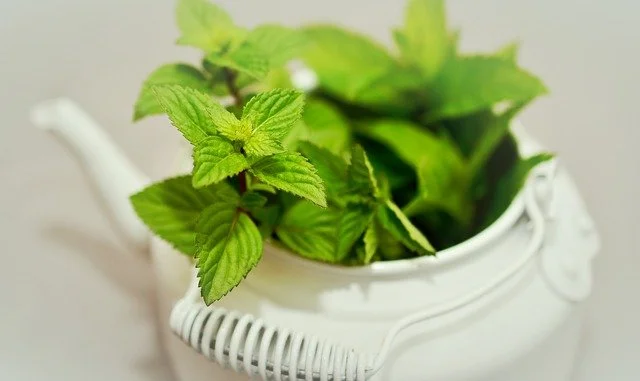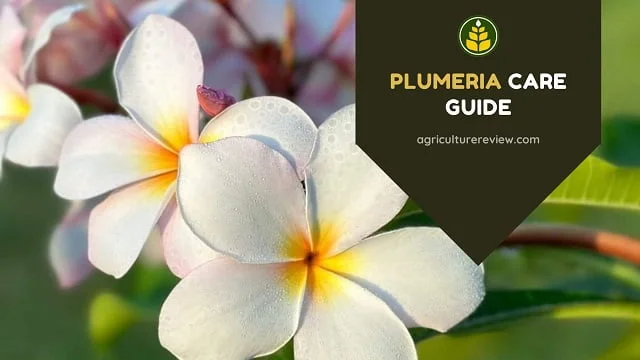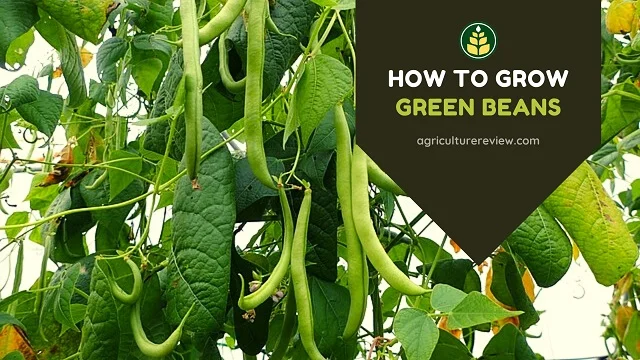This ultimate guide on how to grow mint and mint plant care will help you in growing mint plant in your garden. Get to know best practices for growing mint plant on Agriculture Review.
Table of Contents
Introduction
Mint is a wonderful herb that grows very easily in-ground and pots by taking care of them properly and following all the important points given in this article.
Both propagating and growing this plant is quite easy, you only need to be aware of the plant basic requirements to grow them better and I am going to provide you the secret to grow your herbaceous mint effectively.
There are 13 to 24 species of Mentha in the world. They are mainly grown in Europe, Asia, North America, Africa, Australia, etc. So nearly everywhere we can grow mint. You can grow so many plants just from a single mint plant.
I have grown them by purchasing from vegetable stores for cooking purposes but I planted 3 to 4 directly in the pot and now they have spread enough that I transferred them into 3 to 4 new pots.
Mint are aromatic, perennial herbs that have branched stems. They can be grown from seeds but the best way is to propagate them from runners cuttings.

How To Grow Mint?
Growing mint plant is super easy. But you need to know growing season, potting mix, propagation methods, etc. to get best results. And in this article I am going to discuss about each of these very important points. Following these important points will help you to grow mint successfully in your garden.
Growing Season
You can grow mint in any season. But if you are living in tropical countries then it is better to provide semi-shade for this plant to grow. In this way they can grow during hot summer. And if you are living in temperate regions then protect this fragrant plant from harsh winters.
Potting Mix
This is the most important factor that affects the growth of the plant. Prepare your potting mix with 25% normal garden soil + 25% river sand + 25% cocopeat + 25% any organic compost. Mix it thoroughly and pour the potting mix in the pot by leaving one to two inches space at the top.
Selection Of Pot
You can select rectangular-shaped pots for growing mints. If you don’t have a rectangular-shaped pot then you can grow in any medium-sized container. Make sure that the pot should have at least three to four drainage holes to facilitate excess water out of the pot.
Propagation
You can propagate mint plant from seeds or from cuttings or by simple layering. I prefer growing them from cuttings or layering. You can buy a healthy mint plant from the nursery or you can propagate from the growing plant in your home garden.
Layering
If they are already growing in soil then select few long branches. And then remove leaves from the region on that branch where you want to induce rooting.
Create a small hole in the pot and place the selected branch portion in the hole and cover it with soil. Within 10 to 15 days roots will grow in that particular region. Now with the help of a cutting tool, you can take the cutting along with the roots to transplant it into a new pot.

Cutting In Water
If you haven’t grown them and the plant is not available in the nursery then you can try this method. Purchase mint leaf along with branches from the vegetable market.
Select healthy branches of 3 to 4 inches long and make a cut near to the node ( the point where new leaves are growing). Remove the leaves from the lower portion around the node and leave 4 to 5 leaves at the top.
In a glass container filled with tap water place your cuttings. Do not dip completely, only the lower portion should be in the water. In 3 to 5 days you will notice new roots at the bottom.
You can also use the rooting hormone before placing your cutting in the water. Just dip the bottom end in rooting hormone powder and place the cuttings in water.
After you notice roots of about one-inch length then transplant your cuttings in the pot.
Cutting In Soil
You can also grow these cuttings directly in the soil mix. Instead of placing them in water make a one-inch hole in the potting mix with the help of a pencil and place each cutting in the hole.
Keep the soil moist and the pot in the semi-shade area till the roots get developed. It might happen that in early-stage the plant gets shrunk or starts looking unhealthy. Do not worry sometimes it will take time to get established properly.

Mint Plant Care
Once you are successful in growing mint plant, the next step is to care for them. You need to know sunlight, watering, fertilizers requirements of your plant. Moreover knowing pest & diseases helps to save your plant from severe damage.
Sunlight
Sunlight exposure for mint depends on the climate and weather in your area. If the temperature is too hot then place the pot in an area where it can receive 5 to 6 hours of filtered sunlight.
Otherwise these plant loves direct bright sunlight so in normal days you can keep this plant outside under direct sun. In winters protect this plant from frost and keep it inside your home where it can receive bright filtered sunlight.
Watering
There is no fixed days interval for watering. Just keep the soil in the pot moist. Mint plant loves moist soil to grow. But do not apply excess water in the pot.
Waterlogged conditions can cause root rot which will lead to the death of your plant. Water only when the top layer of soil seems dry. Well-controlled moisture in the soil is the secret of growing this plant.
Fertilizers
Apply a handful of organic compost such as vermicompost once in a month. These plants are not a heavy feeder so a little amount of fertilizer will be okay. Avoid adding phosphorus rich fertilizers such as banana or onion peel fertilizers for mint plant.
To get good size and spread of the plant use nitrogen rich fertilizers. I prefer adding organic fertilizers for mint plants. You can also use waste decomposer or sanjeevak.
Pruning
Keep removing old and disease leaves and branches from time to time. This will help to increase the growth of your plant. I keep pinching few leaves time to time for consumption. This helps me to make the mint plant bushy.
Pests & Diseases
Mint plants can get affected by stem canker, anthracnose, leaf spot, rust, and powdery mildew. In case of any infection you can spray neem oil. Neem oil mix is very effective in controlling pest and diseases. But do not forget to dilute the solution in water properly.
READ MORE: LEARN TO MAKE NEEM OIL SPRAY
Author’s Note
I guess you are now clear on how to grow mint. If you have any idea, suggestions, or queries then leave your comment below. You can also connect with Agriculture Review on Facebook, Instagram, and Twitter.
F.A.Q. On Mint
Mint is a vegetable yes or No?
No, mint is not a vegetable but it is a herb.




